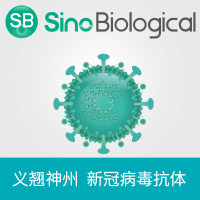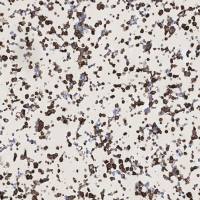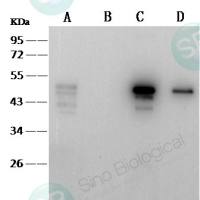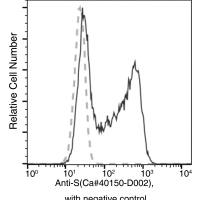Preparation of Immunoconjugates Using Antibody Oligosaccharide Moieties
互联网
2362
Heterobifunctional crosslinking reagents are small molecular weight chemicals containing two different reactive groups that have become important tools in generating conjugates of two different biomolecules, such as two proteins. The resulting bioconjugates are hybrid molecules or proteins, a new category of biomolecules that exhibit the combined functions of the two parent biomolecules. An important category of hybrid proteins are conjugates of antibodies with other effector molecules, such as drugs or toxins. These antibody conjugates or immunoconjugates have a variety of the applications in medicine, with particular emphasis on the treatment of cancer. The most commonly used heterobifunctional crosslinking reagents for the synthesis of antibody conjugates contain an N -hydroxysuccinimide ester moiety, which allows derivatization of amino groups in proteins. The chemical modification of a functionally important amino group in the antigen-binding region of an antibody causes impairment or loss of the antigen binding function, resulting in a defective antibody conjugate that lacks one of its component functions. Furthermore, even if the chemical derivatization does not affect the antigen binding function, the subsequent coupling of an effector protein at or near the antigen-binding region can also cause the loss of the antigen binding function for steric reasons. In this chapter, heterobifunctional crosslinking reagents are described that allow the generation of antibody conjugates where the effector proteins are coupled to the antibody carbohydrate moieties. Because antibody carbohydrate moieties are distal from the antigen-binding region, the use of carbohydrate-directed heterobifunctional crosslinking reagents, such as S -(2-thiopyridyl)-L -cysteine hydrazide (TPCH), prevents inactivation of the antigen-binding function. The synthesis of two carbohydrate-directed heterobifunctional crosslinking reagents is described. Coupling protocols for the preparation of antibody conjugates with effector proteins of different sizes using carbohydrate-directed heterobifunctional crosslinking reagents are also provided.









